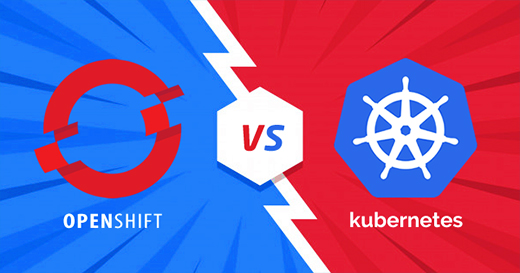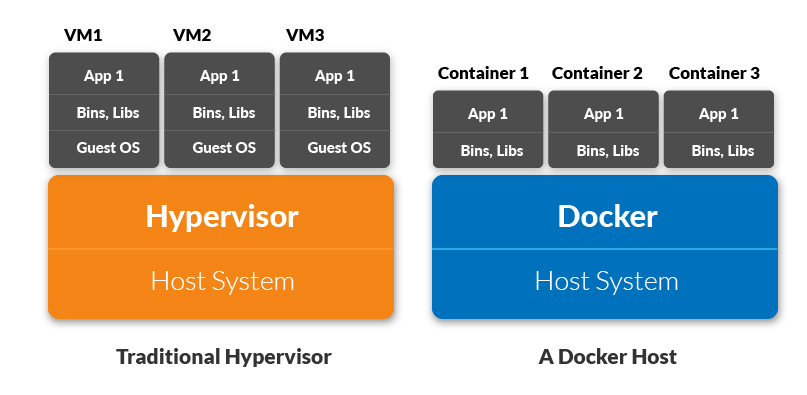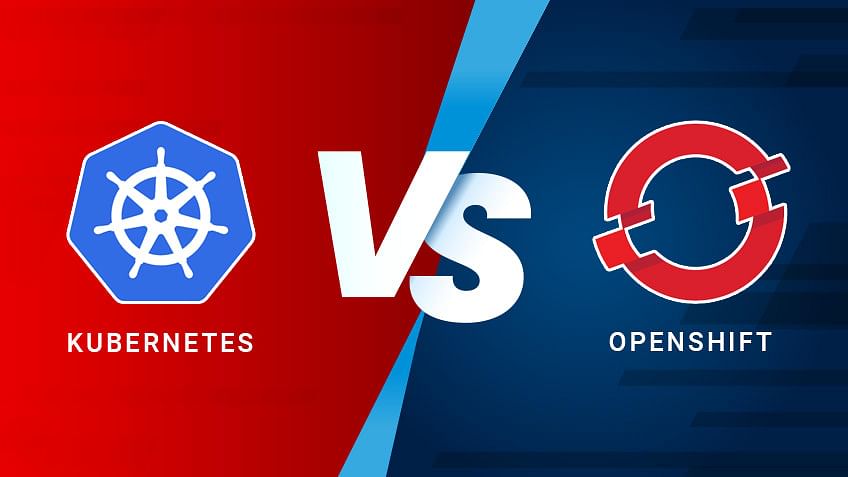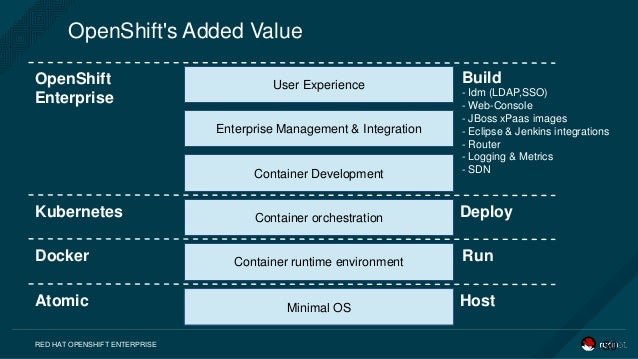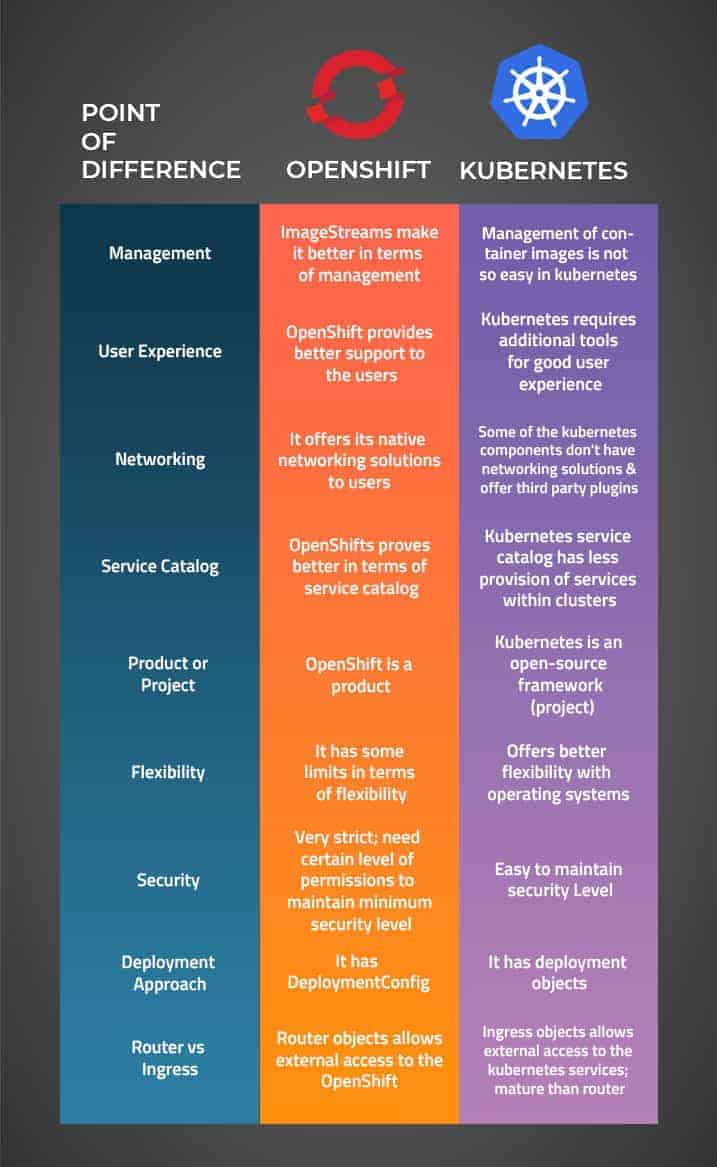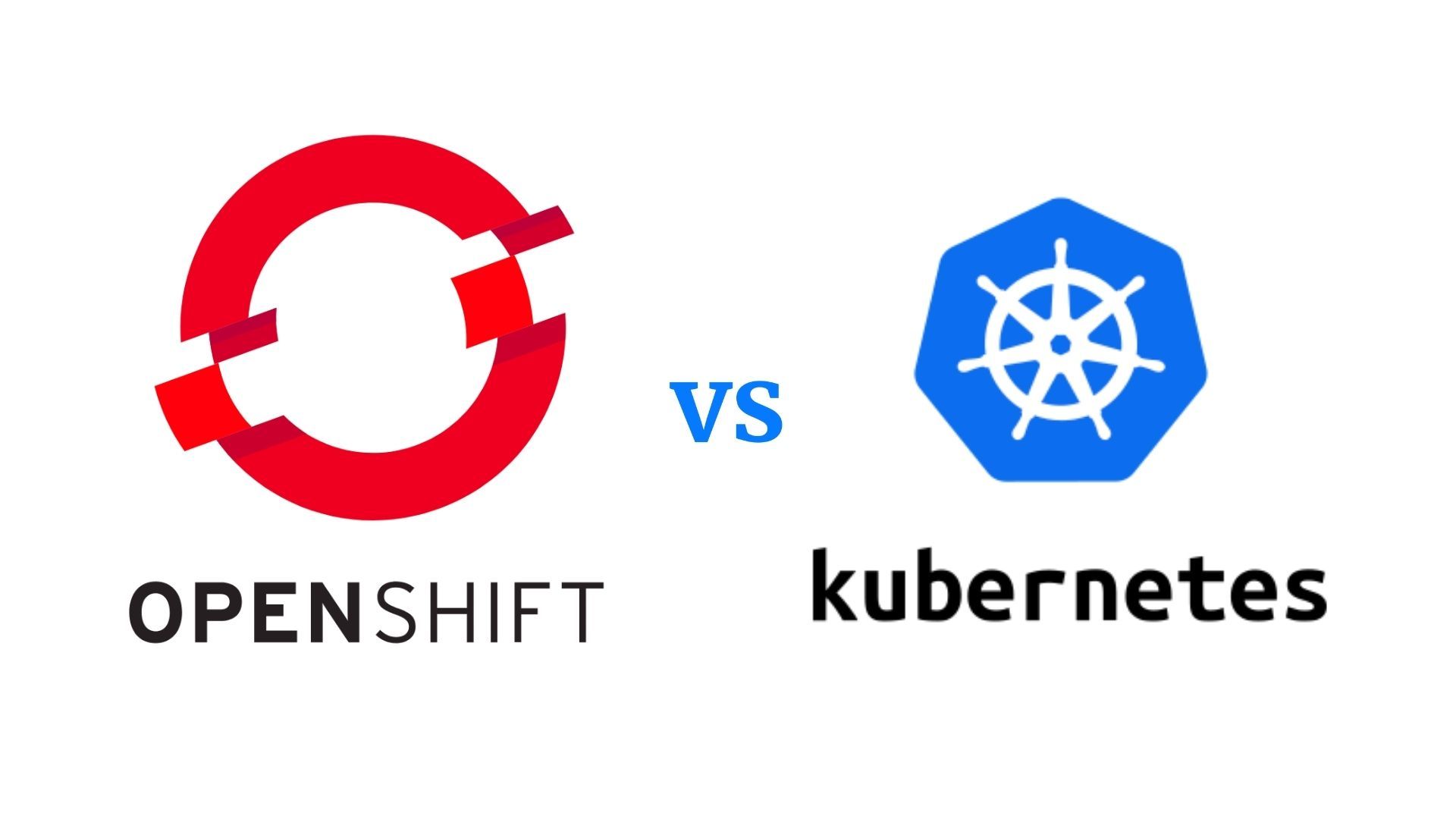Understanding the Containerization Landscape: OpenShift, Kubernetes, and Docker
Containerization has become a critical component of modern IT infrastructure, enabling organizations to package applications and their dependencies into standardized units for efficient deployment and management. Among the various containerization solutions available, OpenShift, Kubernetes, and Docker stand out as popular choices. Docker is often considered the foundation of containerization, offering a robust and lightweight container runtime. Kubernetes, a powerful container orchestration platform, builds upon Docker, providing advanced features for managing and scaling containerized applications in large environments. OpenShift, a comprehensive container application platform, combines Docker and Kubernetes, adding built-in developer tools, enterprise-grade security, and support for multiple languages and frameworks.
When comparing OpenShift vs Kubernetes vs Docker, it’s essential to consider the specific needs and requirements of your project, such as project scale, in-house expertise, security, and desired features. Each platform offers unique advantages and limitations, making them more or less suitable depending on the context.
Docker: The Foundation of Containerization
Docker is an open-source containerization platform that has revolutionized application development and deployment. Launched in 2013, Docker enables developers to package applications and their dependencies into portable, lightweight containers, facilitating consistent execution across different environments. Docker’s key features include an efficient container runtime, a simple and consistent workflow, and a robust ecosystem of tools and plugins. By leveraging Docker, organizations can streamline application development, reduce deployment times, and minimize environment-specific issues.
The significance of Docker in the containerization landscape is evident, as it serves as the foundation for other popular solutions like Kubernetes and OpenShift. However, Docker’s simplicity and ease of use make it an ideal choice for small-scale projects or teams new to containerization.
Kubernetes: A Powerful Container Orchestration Platform
Kubernetes is an open-source container orchestration platform designed to automate the deployment, scaling, and management of containerized applications. Initially developed by Google and released in 2015, Kubernetes has gained significant popularity due to its robust features and flexibility. Kubernetes extends Docker’s capabilities by offering features such as automated rollouts, self-healing, service discovery, and load balancing. While Kubernetes can manage and scale Docker containers, it is not limited to Docker and can work with other container runtimes.
However, Kubernetes has a steeper learning curve compared to Docker and may not be the best choice for small-scale projects or teams new to containerization. Its extensive feature set and complexity make it more suitable for large-scale, enterprise-level environments requiring advanced container orchestration capabilities.
OpenShift: A Complete Container Application Platform
OpenShift, a container application platform developed by Red Hat, is built on top of Docker and Kubernetes. OpenShift combines the benefits of both platforms, offering a comprehensive solution for containerized application development, deployment, and management. OpenShift’s unique features include built-in developer tools, such as source-to-image (S2I) builders, that simplify the process of creating container images. It also provides enterprise-grade security, ensuring compliance with strict security requirements. Furthermore, OpenShift supports multiple languages and frameworks, making it a versatile choice for various projects.
By leveraging OpenShift, organizations can streamline their development workflows, ensure consistent application execution, and maintain robust security measures. However, it’s essential to consider factors such as project scale, in-house expertise, and desired features when deciding between OpenShift, Kubernetes, and Docker.
How to Choose Between OpenShift, Kubernetes, and Docker
Selecting the right containerization solution depends on various factors, including project scale, in-house expertise, security, and desired features. Here’s a guide to help you make an informed decision when comparing OpenShift vs Kubernetes vs Docker:
- Project Scale: For small-scale projects or teams new to containerization, Docker is often the best choice due to its simplicity and ease of use. For larger projects requiring advanced container orchestration capabilities, Kubernetes or OpenShift may be more suitable.
- In-House Expertise: Consider the existing knowledge and skills within your team. If your team is already familiar with Docker, it might be more efficient to build upon that foundation. However, if you have team members with Kubernetes or OpenShift experience, these platforms could be better options.
- Security: OpenShift provides enterprise-grade security features, making it an ideal choice for organizations with strict security requirements. However, Docker and Kubernetes can also be secured with proper configurations and additional tools.
- Desired Features: Evaluate the unique features offered by each platform. For instance, OpenShift includes built-in developer tools, while Kubernetes focuses on container orchestration and management. Docker, on the other hand, offers a simple and consistent workflow for containerization.
Ultimately, the right choice depends on your organization’s specific needs and requirements. Carefully consider each factor and weigh the pros and cons before selecting a containerization solution.
Real-World Use Cases: OpenShift, Kubernetes, and Docker in Action
Organizations across various industries have successfully implemented OpenShift, Kubernetes, and Docker to streamline their development workflows, improve application reliability, and reduce infrastructure costs. Here are some real-world examples:
- Netflix: Netflix uses Docker to containerize its microservices, enabling efficient deployment and management of its complex, distributed architecture.
- Airbnb: Airbnb adopted Kubernetes to manage its containerized workloads, reducing deployment times and improving resource utilization.
- Red Hat: Red Hat, the company behind OpenShift, uses its platform to develop and deploy various enterprise applications, taking advantage of built-in developer tools and enterprise-grade security features.
These success stories demonstrate the versatility and effectiveness of OpenShift, Kubernetes, and Docker in real-world scenarios. By learning from these examples, organizations can identify best practices and potential challenges when implementing containerization solutions.
Navigating the OpenShift, Kubernetes, and Docker Ecosystems
The ecosystems surrounding OpenShift, Kubernetes, and Docker offer a wealth of tools, plugins, and services that can enhance the functionality and usability of each platform. These ecosystems include:
- Third-Party Tools: Numerous third-party tools, such as monitoring, logging, and security solutions, can be integrated with OpenShift, Kubernetes, and Docker to provide additional features and capabilities.
- Plugins: Both Kubernetes and OpenShift support plugins, which can be used to extend the functionality of the platforms and customize them to specific use cases.
- Services: Managed services, such as cloud-based Kubernetes and OpenShift offerings, provide a convenient and scalable way to deploy and manage containerized applications without the need for on-premises infrastructure.
By leveraging these ecosystems, organizations can tailor their containerization solutions to meet their unique needs and requirements, taking advantage of the latest innovations and best practices in the field.
Future Trends: The Evolution of OpenShift, Kubernetes, and Docker
As the containerization landscape continues to evolve, OpenShift, Kubernetes, and Docker are poised to play a significant role in shaping its future. Here are some emerging trends and potential innovations to watch:
- Serverless Architectures: The integration of containerization with serverless architectures can provide a more efficient and flexible way to deploy and manage applications. Both OpenShift and Kubernetes are exploring support for serverless computing, which could lead to new use cases and opportunities.
- Multi-Cloud and Hybrid Cloud Deployments: As organizations adopt multi-cloud and hybrid cloud strategies, containerization platforms will need to adapt to support these environments. OpenShift and Kubernetes already offer features that make it easier to deploy and manage applications across multiple clouds and on-premises environments, and this trend is likely to continue.
- Artificial Intelligence (AI) and Machine Learning (ML): AI and ML are becoming increasingly important in modern IT infrastructure. Containerization platforms can help simplify the deployment and management of AI and ML workloads, making it easier for organizations to adopt these technologies.
- Security Enhancements: Security remains a top concern for organizations adopting containerization. OpenShift, Kubernetes, and Docker are continuously improving their security features, such as network segmentation, encryption, and access controls, to address these concerns.
By staying informed about these trends and innovations, organizations can ensure they are making the most of their containerization solutions and preparing for the future of IT infrastructure.

